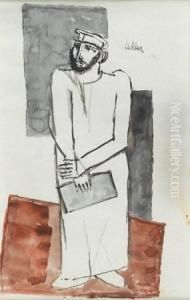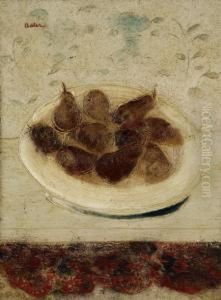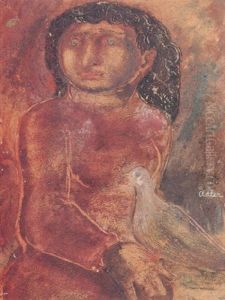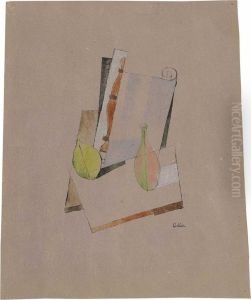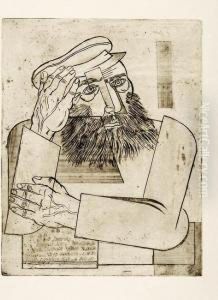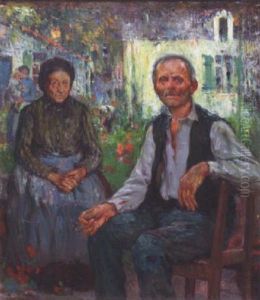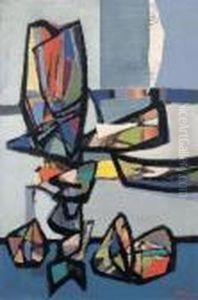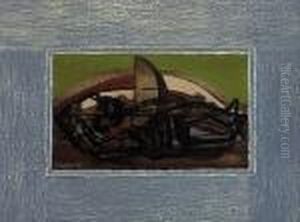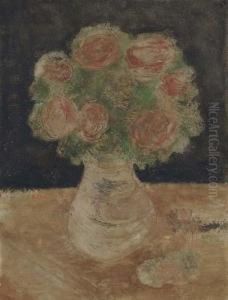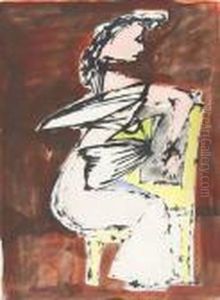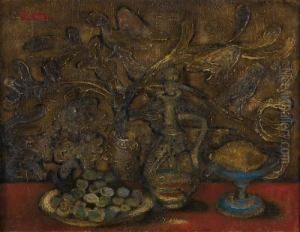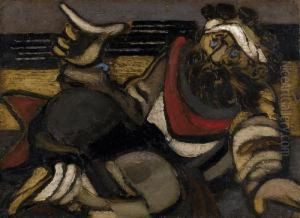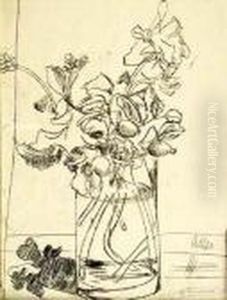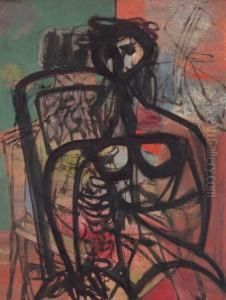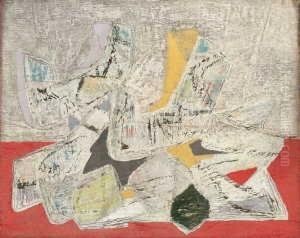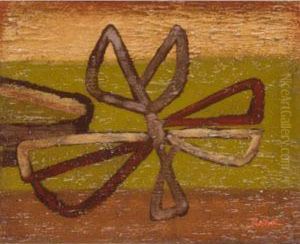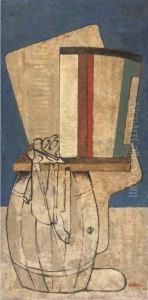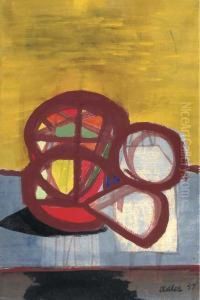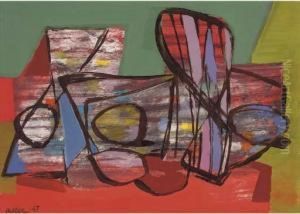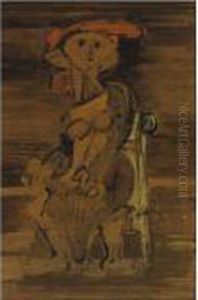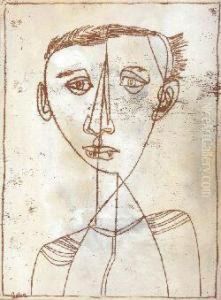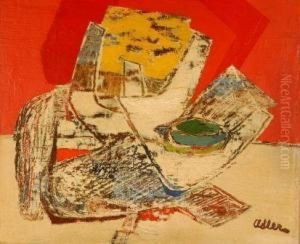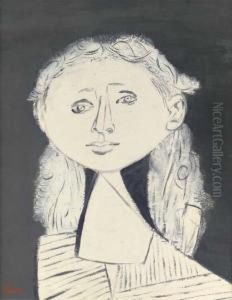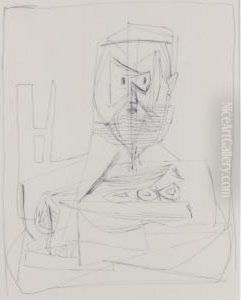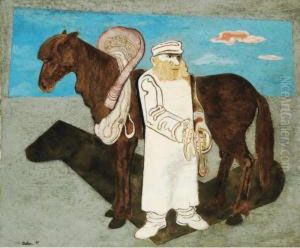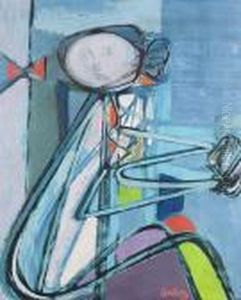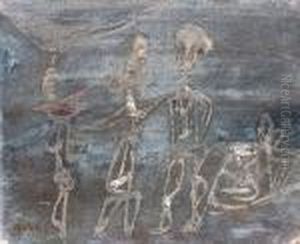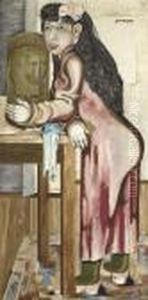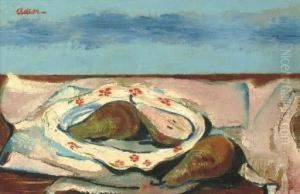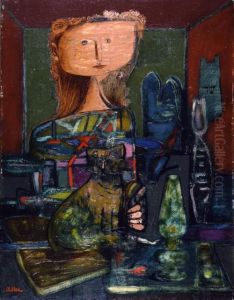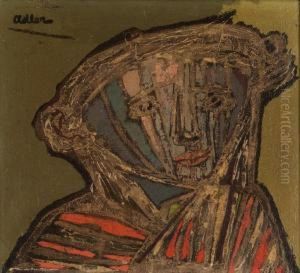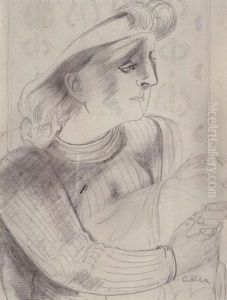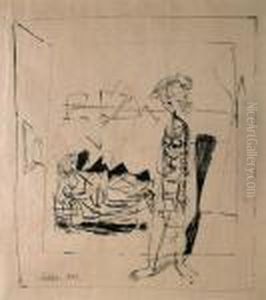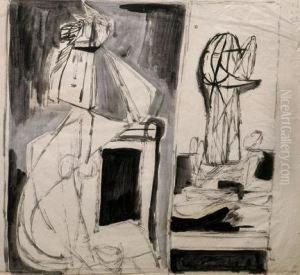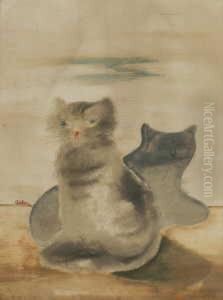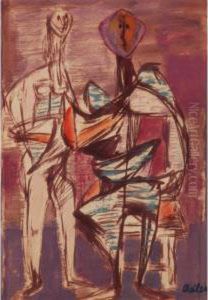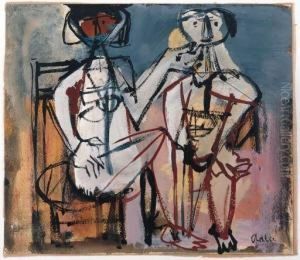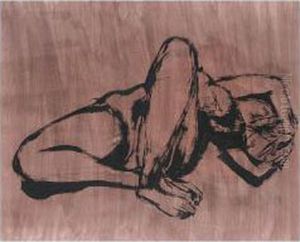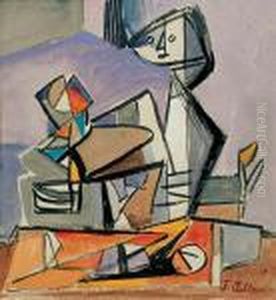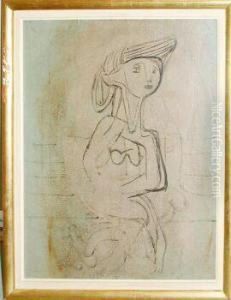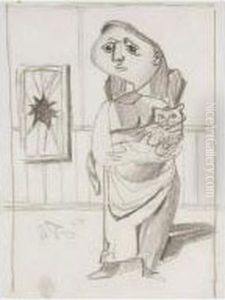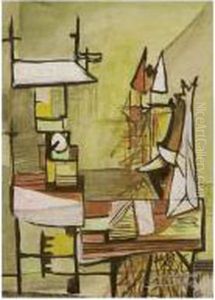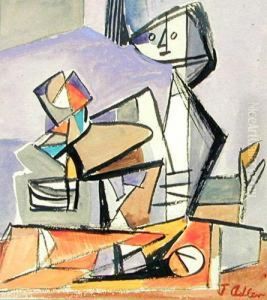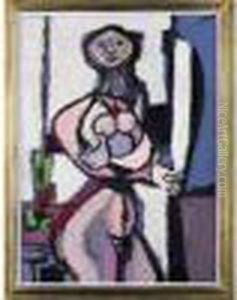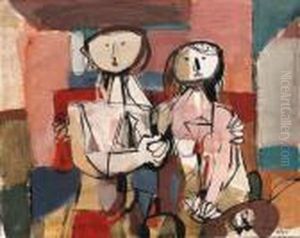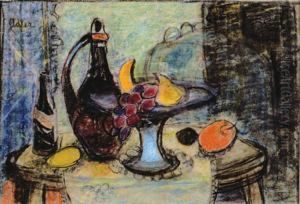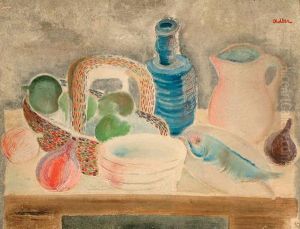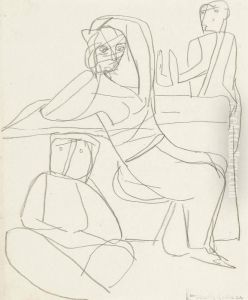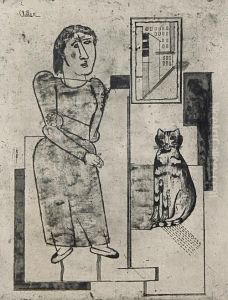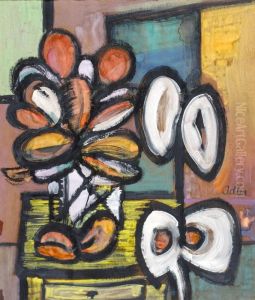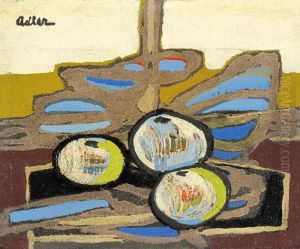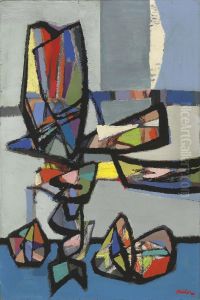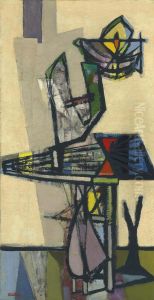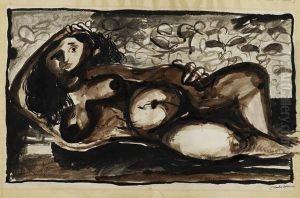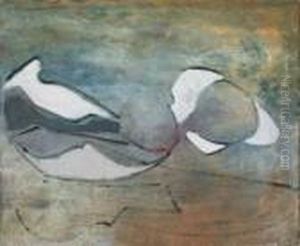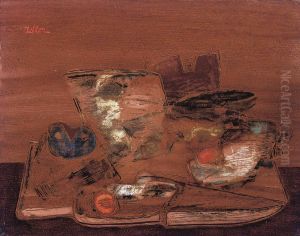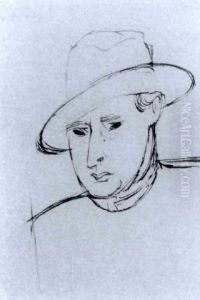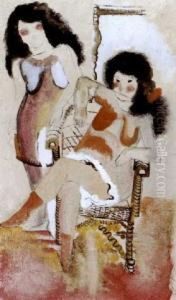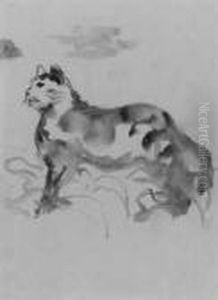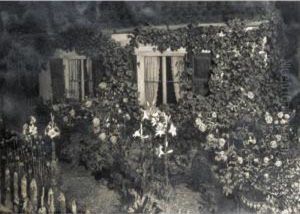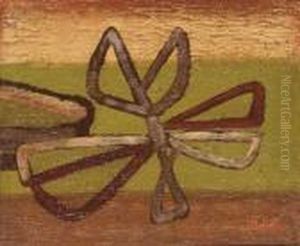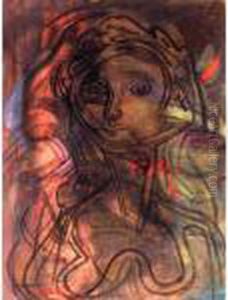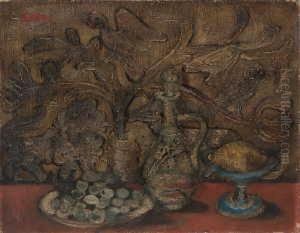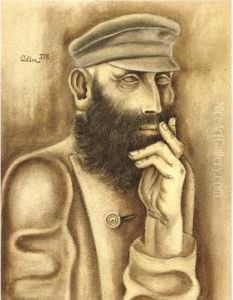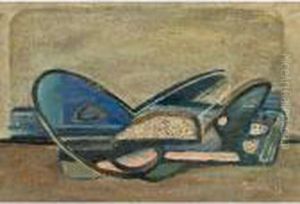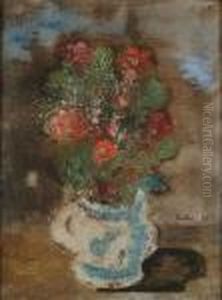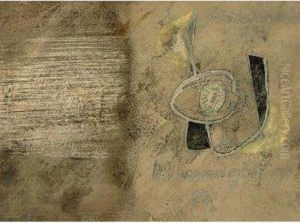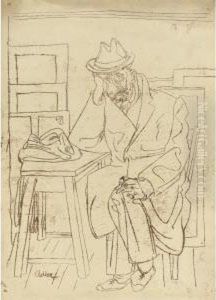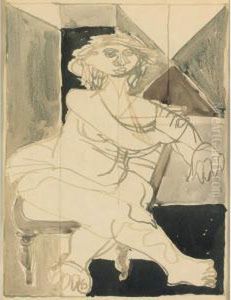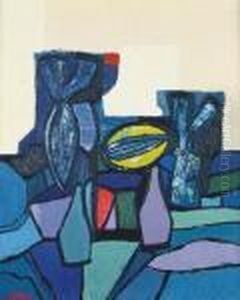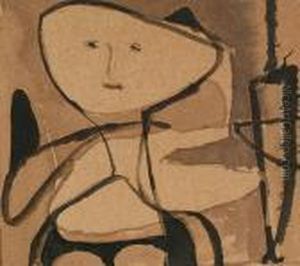Jankel Adler Paintings
Jankel Adler was a Polish painter and printmaker associated with the expressionist movement, who was born on July 26, 1895, in Tuszyn, a small town near Łódź, in what was then the Russian Empire and is now Poland. He was one of eight children in a Jewish family. Adler began his artistic education in Belgrade in 1912, at a school of painting and sculpture. Afterward, he moved to Germany and continued his studies at the Academy of Arts in Breslau (now Wrocław) and later in Düsseldorf.
During the First World War, Adler served in the Russian army and settled in Germany after the war. In the 1920s, he became involved with the Düsseldorf avant-garde scene and joined the 'Junges Rheinland' ('Young Rhineland') group, which also included Max Ernst and Otto Dix. Adler's work during this period was influenced by Expressionism and Cubism, and he often depicted the hardship and suffering of the common people.
Adler's Jewish heritage and his expressionist style attracted the negative attention of the Nazi regime. When the Nazis came to power in Germany, his work was deemed 'degenerate,' and he was forced to flee the country in 1933. He moved to Paris where he became associated with a circle of artists that included Pablo Picasso and Georges Braque.
With the outbreak of World War II, Adler joined the Polish army in France. After the fall of France, he moved to Glasgow, Scotland, where he contributed to the war effort by designing camouflage patterns for the British army. During his time in the UK, Adler continued to produce art, exhibiting with the New Art Club and the London Group, and teaching at the Glasgow School of Art.
Adler's later work reflects the trauma of his wartime experiences, as well as his continued exploration of expressionism. He experimented with various media, including painting, drawing, and printmaking, and his work often featured fragmented figures and somber tones, suggesting the dislocation and despair of the era.
Jankel Adler passed away on April 25, 1949, in Whitley Cottage near Aldbourne, Wiltshire, England. His legacy is that of an artist who navigated the tumultuous currents of the 20th century, deeply affected by the events that unfolded around him, and who left behind a body of work that is both a personal expression and a historical document of the times.
